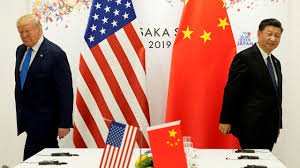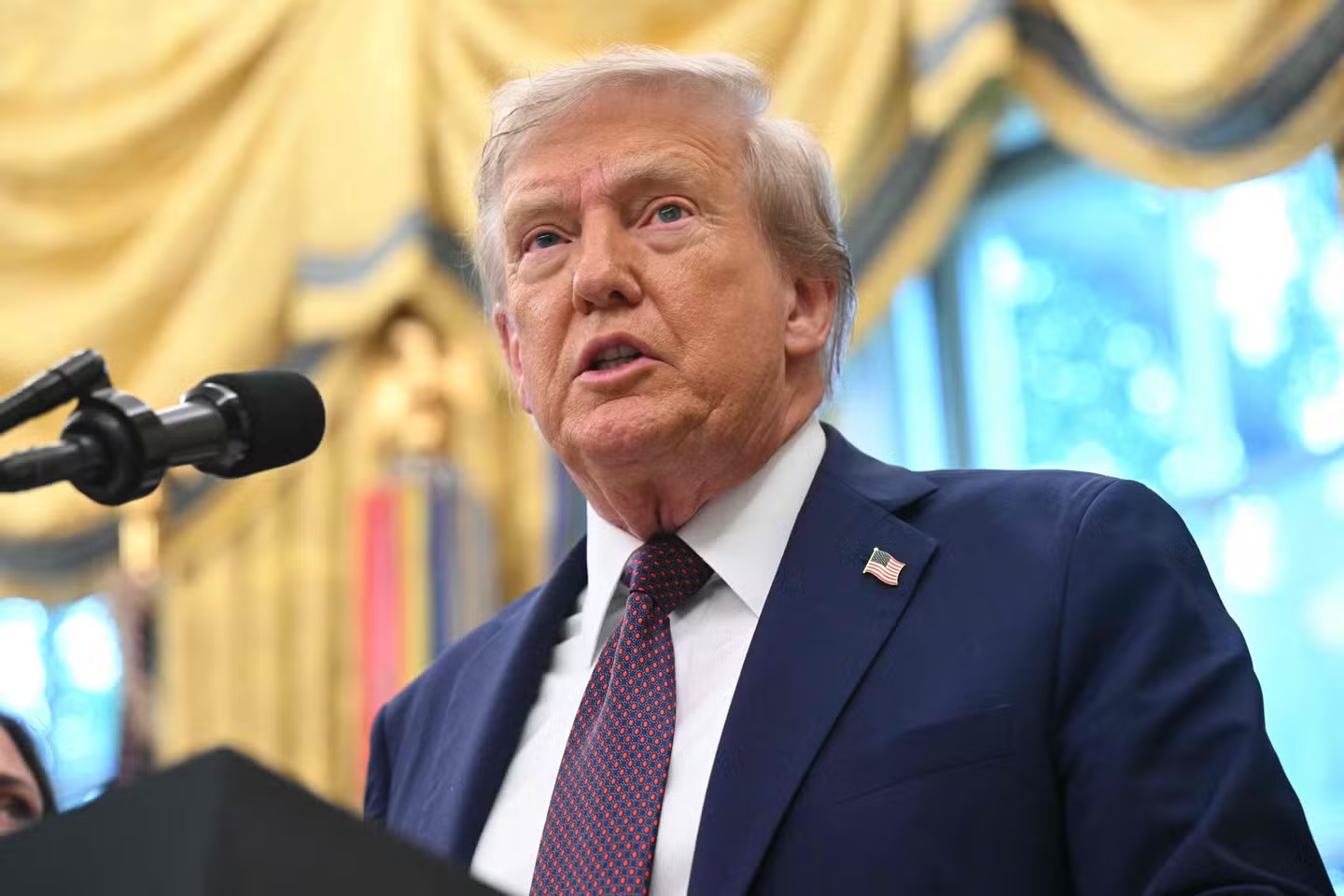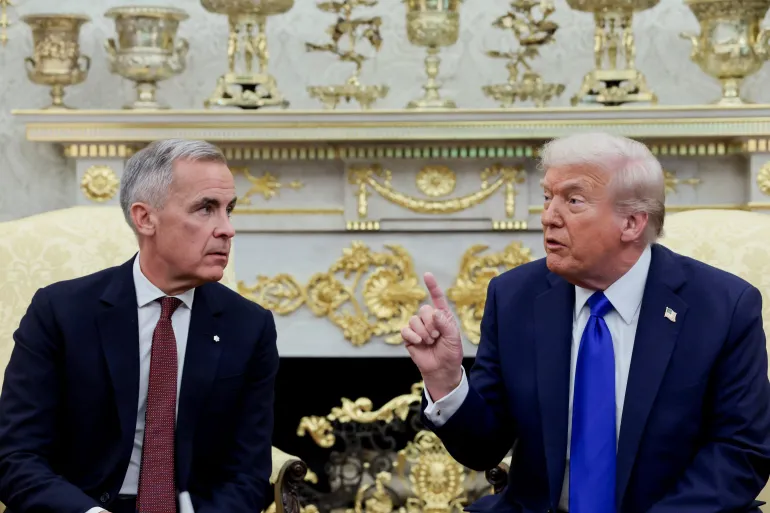Introduction
In a defining moment for global diplomacy, U.S. President Donald Trump’s powerful Asia tour is reshaping the U.S.–China Future through a bold vision of peace, prosperity, and renewed cooperation. This landmark trip marks a new chapter in how Washington engages with Beijing, focusing on shared economic goals, balanced trade, and long-term regional stability. With discussions spanning technology, defense, and growth, the White House’s approach signals a commitment to building a stronger U.S.–China partnership that could redefine international relations in 2025 and beyond.
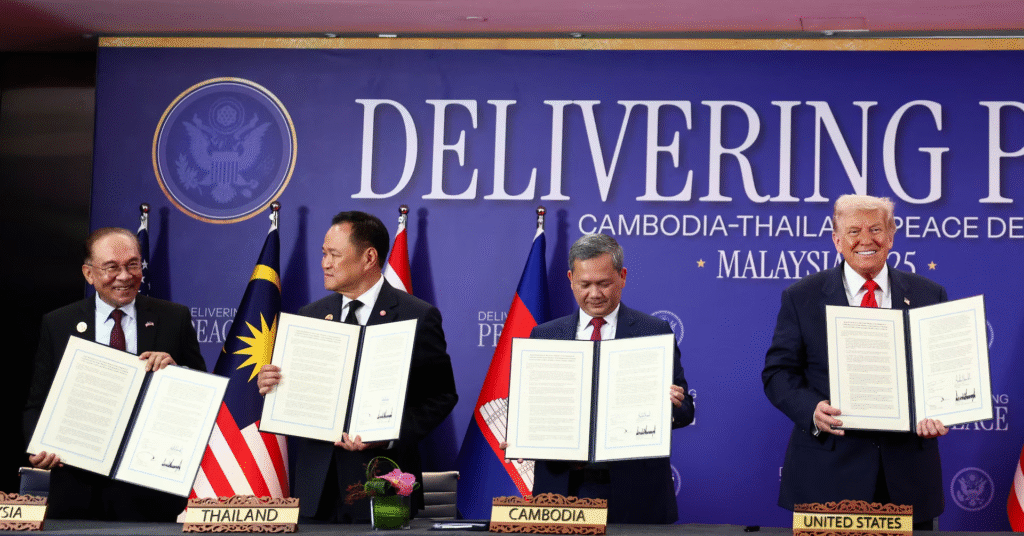
Why the U.S.–China Future Matters
Trump’s Asia tour is not just another diplomatic visit — it’s a calculated move to reestablish America’s influence in a rapidly changing region. Amid global economic shifts and ongoing tensions, the President’s message centers on partnership, fairness, and a shared vision for stability. This approach signals the White House’s intent to turn rivalry into opportunity and strengthen economic frameworks that define the U.S.–China Future.
The Bold White House Strategy for the U.S.–China Future
Behind closed doors, Trump’s team has been working to redefine U.S. engagement in Asia. From trade reform discussions to defense cooperation and technological collaboration, the administration’s goal is clear: to promote a fair, secure, and prosperous future. The White House believes that strategic dialogue with Beijing — grounded in mutual respect — can transform competition into a sustainable model for peace and growth.
This tour serves as both a diplomatic test and a show of confidence, reflecting Trump’s belief that the U.S.–China Future depends on transparency, strong leadership, and economic balance.
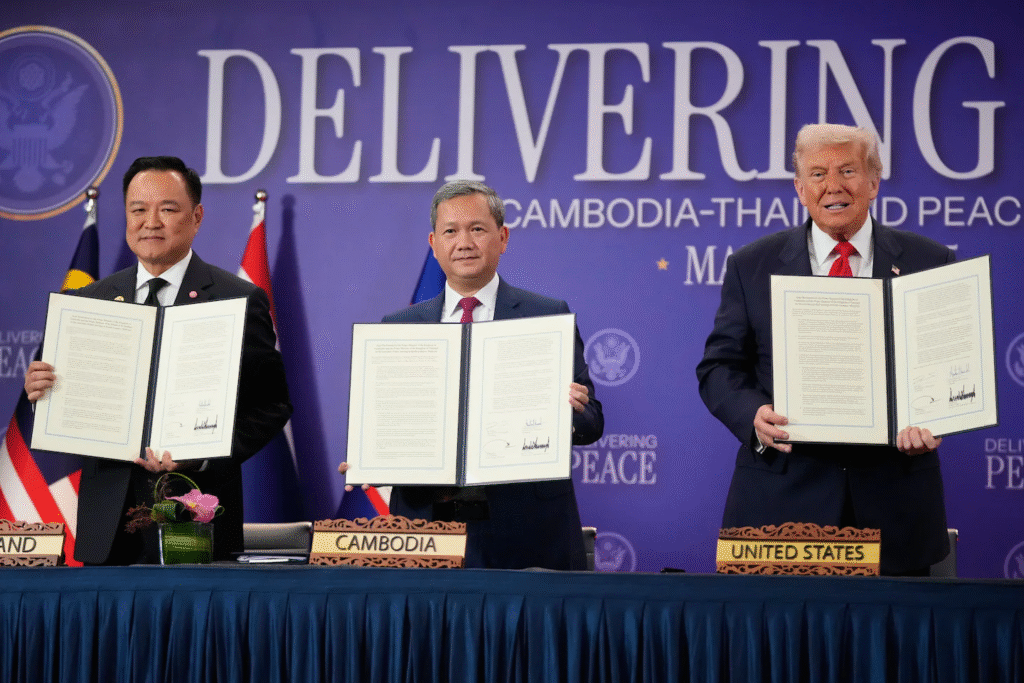
Diplomatic and Economic Implications for the U.S.–China Future
Trump’s meetings in Beijing and other Asian capitals highlight a shift from confrontation to collaboration. Analysts suggest this could pave the way for a new trade framework that encourages fair competition while protecting national interests. Economic experts also point to the potential for deeper partnerships in clean energy, digital trade, and infrastructure — sectors crucial to global prosperity.
While some critics remain skeptical about lasting cooperation, the optimism surrounding this tour reflects the world’s growing recognition that the U.S.–China Future will shape the next generation of global policy and economic growth.
Shaping the Vision for the U.S.–China Future
Trump’s Asia tour stands as more than a diplomatic mission — it represents a powerful vision for shaping the U.S.–China Future in the decades ahead. Through discussions on trade cooperation, defense stability, and global policy, this tour highlights how two major powers can build a balanced world order based on trust and dialogue. The emphasis on peace, mutual respect, and shared prosperity shows that the next phase of the U.S.–China Future is not defined by rivalry, but by the understanding that collaboration is the true path to lasting global progress.
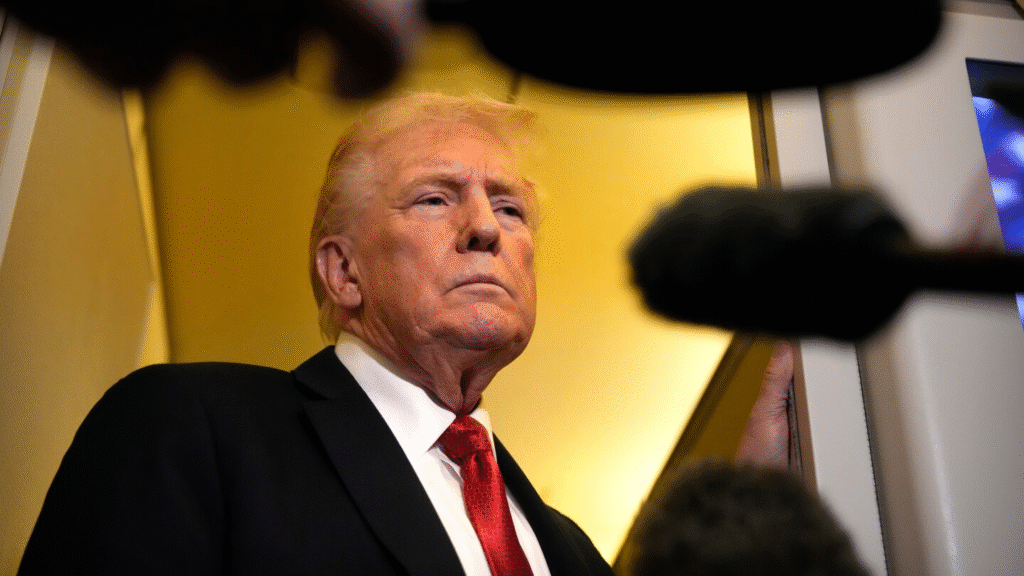
Global Reactions and the Road Ahead
Reactions to Trump’s Asia tour have been swift and varied. Global leaders welcomed the diplomatic tone, while economists closely monitored discussions about tariffs, supply chains, and regional investments. International observers believe that a successful outcome could ease years of geopolitical friction and establish a new path of mutual respect.
The world now watches closely — will this new White House strategy truly redefine the U.S.–China Future, or will it become another short-lived chapter in global politics?

🧭 Frequently Asked Questions (FAQs)
1. What is the main goal of Trump’s Asia Tour in 2025?
The primary goal of Trump’s Asia Tour is to strengthen diplomatic, economic, and strategic relations between the U.S. and major Asian nations — especially China — to ensure a stable and cooperative U.S.–China Future.
2. How does the Asia Tour impact the U.S.–China Future?
The tour aims to ease trade tensions, open new economic opportunities, and establish a framework for long-term collaboration on issues like global security, technology, and energy — all vital for shaping a sustainable U.S.–China Future.
3. Why is the U.S.–China relationship important for global peace?
Both nations are world superpowers whose cooperation determines global stability, trade growth, and peace. A positive U.S.–China Future can prevent economic conflicts and ensure balanced progress for the international community.
4. What are the major outcomes expected from Trump’s diplomatic meetings in Asia?
The meetings are expected to deliver new trade agreements, security partnerships, and strategic dialogues, marking a shift from rivalry to partnership in U.S.–China relations.
5. How will Trump’s strategy affect global markets?
If successful, the tour could boost investor confidence, stabilize international trade routes, and strengthen global supply chains — essential factors in securing a prosperous U.S.–China Future.
6. What challenges could threaten the success of this U.S.–China initiative?
Geopolitical tensions, policy disagreements, and domestic politics in both nations could slow progress. However, continued diplomacy and economic cooperation may overcome these barriers.
Conclusion: A Defining Moment for the U.S.–China Future
As Trump concludes his Asia tour, one thing is certain: the foundation of the U.S.–China Future is being rewritten. The President’s message of peace and prosperity resonates across continents, offering a vision where competition gives way to cooperation. In an era of uncertainty, this tour could mark the beginning of a stronger and more balanced global partnership — one built on diplomacy, mutual respect, and shared success.
